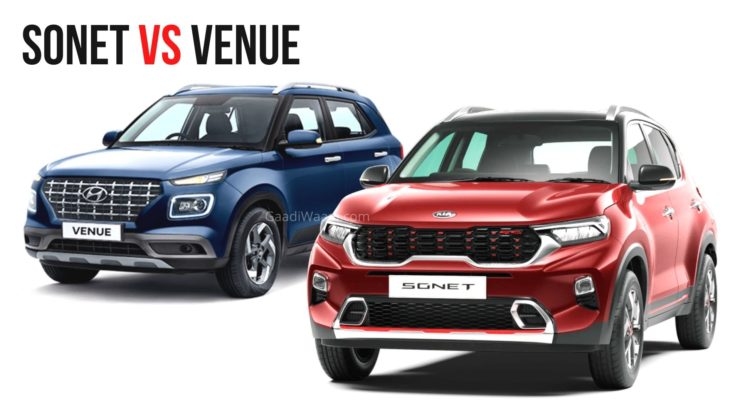
Engine downsizing is a common trend these days in the automotive industry. Cars, however, are getting heavier with the addition of more safety and convenience features. Emission norms are also getting stricter, which is why carmakers are slowly shifting towards small-capacity turbocharged petrol engines. These generate more power and have relatively better fuel efficiency, compared to a similar naturally-aspirated engine.
A lot of car manufacturers in India have also jumped on the turbo-petrol bandwagon. Mahindra, Tata, Skoda, and Volkswagen have been using small-capacity turbo-petrol mills on a few of their vehicles, and Renault and Nissan have also joined the fray recently. However, it is Hyundai that has best managed to incorporate turbocharged petrol engines into multiple cars in their lineup, all at a relatively affordable price point.
Hyundai, and its sister brand Kia, offer two T-GDI (turbocharged gasoline direct injection) engines in India – a 1.0-litre unit and a 1.4-litre motor. The former is employed in its smaller cars, like the Grand i10 NIOS, Venue, Verna, and the Sonet, while the latter is utilised on the larger Creta and Seltos SUVs. Here, we shall discuss the smaller 1.0L unit.
The Hyundai Grand i10 Nios is the smallest and most affordable car to offer the 1.0-litre turbo-petrol motor. The engine generates 100 PS of maximum power and 172 Nm of peak torque, and comes paired to a 5-speed manual gearbox only, with no automatic option. Next on our list is the Hyundai Aura, which gets the exact same engine and gearbox combo.
On the Hyundai Verna, we get the same 1.0L turbocharged petrol powerplant. This motor, however, has been tuned to offer more power – 120 PS – while the torque figure remains the same at 172 Nm. With the turbo-petrol, the Verna only offers one gearbox option – a 7-speed DCT.
| Hyundai and Kia Turbo-Petrol Models | ||
| Models | Max Power/Peak Torque | Fuel Efficiency (ARAI claimed) |
| Hyundai Grand i10 NIOS | 100 PS/172 Nm | 20.7 kmpl (MT) |
| Hyundai Aura | 100 PS/172 Nm | 20.53 kmpl (MT) |
| Hyundai Venue | 120 PS/172 Nm | 18.27 kmpl (MT), 18.0 kmpl (iMT), 18.15 kmpl (DCT) |
| Hyundai Verna | 120 PS/172 Nm | 19.2 kmpl (DCT) |
| Kia Sonet | 120 PS/172 Nm | 18.3 kmpl (iMT), 18.4 kmpl (DCT) |
On the Hyundai Venue, the same 120 PS engine is used, but it gets more transmission options – a 6-speed manual, a 7-speed dual-clutch transmission, and a 6-speed iMT. The Kia Sonet also uses the same 1.0L engine (in 120 PS configuration), but doesn’t have a manual option. It can be bought with either a 6-speed iMT or a 7-speed DCT.
These turbo-petrol engines are great for people looking for powerful yet fuel-efficient cars. These allow enthusiasts on a tight budget to taste performance, without being too hard on the wallet. It seems like Hyundai will continue to offer small turbo-petrol engines in its future entries in our market as well. Even the next-gen Hyundai i20 is expected to offer the 1.0L engine. The future of the Indian automotive industry indeed looks bright.
This website uses cookies.